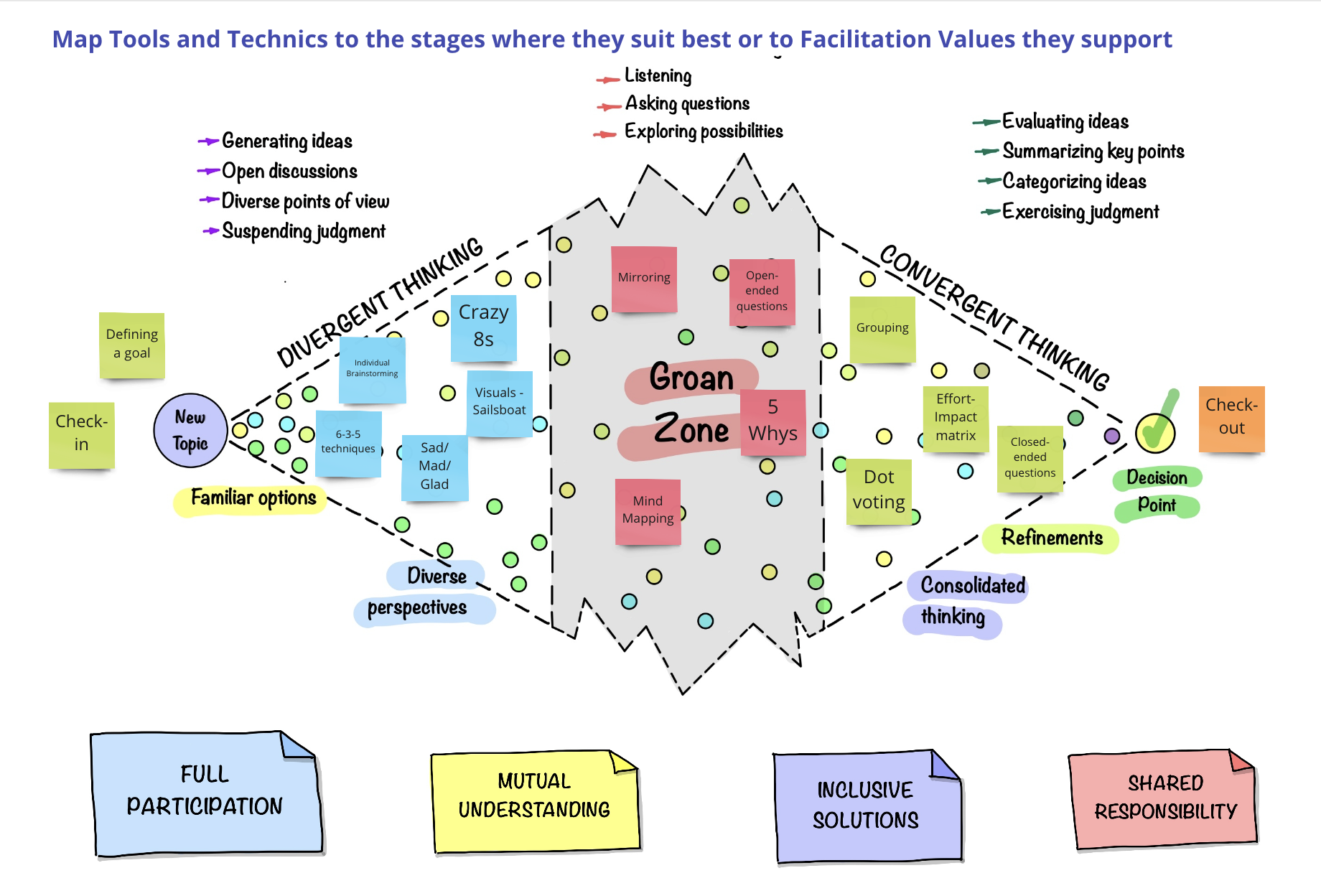Identifying Failures Before They Happen
When embarking on a new project or idea, optimism often takes the lead. However, without preparing for potential pitfalls, even the most promising initiatives can stumble. Enter the pre-mortem technique—a powerful, proactive way to surface potential risks before they become real problems.

What Is a Pre-Mortem, and Why Use It?
The pre-mortem technique, popularized by psychologist Gary Klein, stretches traditional risk management further. Instead of asking, “What could go wrong?” participants are asked to imagine the project has already failed spectacularly and work backward to understand why.
This approach taps into our natural tendency to think more critically when considering failures. By reframing risks as inevitable outcomes, teams are more likely to identify weaknesses, blind spots, and overlooked assumptions.
As Teresa Torres put it:
“As we work with our product ideas, we tend to fall in love with them. It’s human nature.
As a result, we tend to ask confirming questions. We look at all the reasons why the idea will be a wild success. But to find the flaws in our ideas, we need to ask disconfirming questions. What might go wrong?”
Why use a pre-mortem?
- Uncover hidden risks: Team members might feel more comfortable voicing concerns when failure is framed as a hypothetical outcome.
- Uncover hidden assumptions: It challenges teams to question their unspoken beliefs and explore whether their assumptions are valid, accurate, or complete.
- Promote critical thinking: The exercise fosters analytical problem-solving by encouraging participants to shift perspectives and rigorously analyze the causes of failure.
- Promote psychological safety: It encourages open dialogue about vulnerabilities without fear of blame.
- Improve project outcomes: By addressing risks upfront, teams can create stronger mitigation strategies.
How to Facilitate a Pre-Mortem
Here’s a step-by-step guide to running a pre-mortem session:
- Set the stage:
- Gather your team and clearly define the project, initiative, or idea.
- Frame the exercise: “Imagine we launched this project, and it was an epic failure. What went wrong?”
- Generate failure scenarios:
- Ask each participant to silently brainstorm reasons for the failure. Encourage creativity—no reason is too far-fetched.
- Examples:
- “A data breach occurred.”
- “We built something that nobody needed.”
- “Customers didn’t understand the product.”
- “We underestimated the technical complexity.”
- “We missed critical deadlines due to poor planning.”
- “The interface was too complicated for users to navigate.”
- “The technology stack we chose wasn’t scalable for the real-world use case.”
- “Our product didn’t address the actual needs of the target audience.”
- “Customers didn’t see enough value in the product to switch from their current solution.”
- “We overlooked important legal or compliance requirements and faced penalties.”
- “A competitor launched a superior product before we even got to market.”
- “We skipped adequate testing, and the product was riddled with bugs.”
- Share and categorize:
- Collect ideas as a group, writing them on a whiteboard or digital tool.
- Group similar items into categories (e.g., technical, market, process-related).
- Prioritize risks:
- Use a prioritization method, such as dot voting or a risk matrix, to identify the most significant concerns.
- Create action plans:
- For each high-priority risk, brainstorm potential solutions or mitigation strategies.
- Assign owners and timelines to ensure accountability.
- Conclude with positivity:
- Highlight how the insights gained will strengthen the project.
- Reinforce the value of the team’s collective wisdom.
How Pre-Mortem Connects to Reverse Brainstorming
The pre-mortem technique shares similarities with Reverse Brainstorming, another creative problem-solving method. Both approaches invert traditional thinking by focusing on problems instead of solutions.
In Reverse Brainstorming, we ask, “How can we ensure this project fails for sure?” to identify the actions or inactions that could lead to disaster.
A Pre-mortem differs in that we don’t merely look ahead to the future; instead, we imagine ourselves already in that (unfortunate) future and reflect back on how we got there.
This helps us tap into our critical thinking abilities and explore potential failure scenarios more deeply and realistically. From a psychological perspective, the pre-mortem leverages the concept of prospective hindsight, which is our ability to imagine future events as if they have already occurred.
By mentally “placing ourselves” in a future scenario where failure has already occurred, we bypass the optimistic biases that often hinder critical evaluation.
Research shows that prospective hindsight improves our capacity to anticipate obstacles and identify solutions by enhancing detail-oriented thinking and reducing overconfidence bias.
By imagining a failed outcome as if it has already happened, we can identify subtle risks and blind spots, challenge hidden assumptions, and uncover overlooked vulnerabilities.
It encourages teams to shift from a reactive mindset to a proactive one, enabling them to develop stronger, more targeted mitigation strategies and ultimately improve the likelihood of success.
(If you’d like to learn more about Reverse Brainstorming, check out my article on the topic here.)
Examples of Pre-Mortem Scenarios
- Software Development Launch:
- Failure: “Our app crashed repeatedly after launch due to scalability issues.”
- Mitigation: Build scalability testing into the development timeline.
- Marketing Campaign:
- Failure: “The campaign flopped because our messaging alienated key demographics.”
- Mitigation: Test messaging with a focus group before rollout.
- Product Launch:
- Failure: “The product failed because we didn’t research competitor features.”
- Mitigation: Conduct competitive analysis early and adjust the roadmap accordingly.
By imagining a project’s failure before it even begins, the pre-mortem technique equips teams with the foresight to tackle challenges head-on. It’s not just about avoiding risks—it’s about uncovering hidden assumptions, fostering critical thinking, and encouraging collaboration.
So, the next time you’re about to launch something new, ask yourself: What went wrong? Your future self might thank you.
For more tools and techniques, see: Facilitation and Ideation

